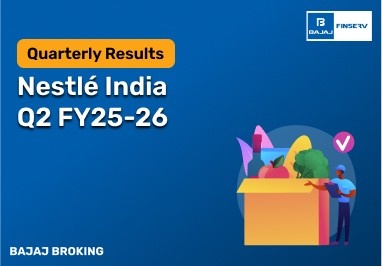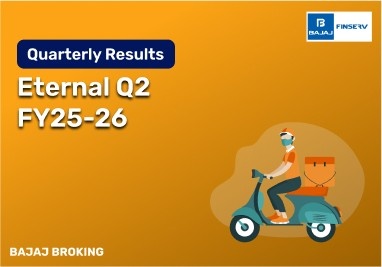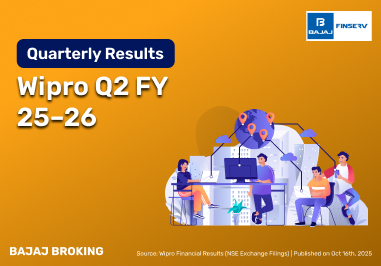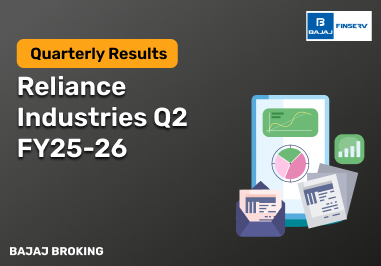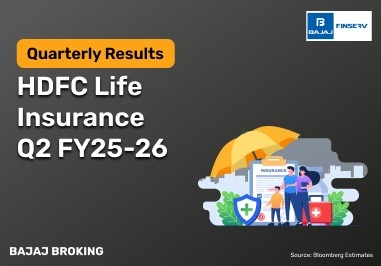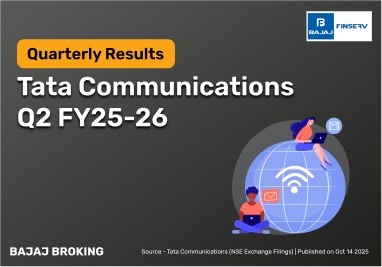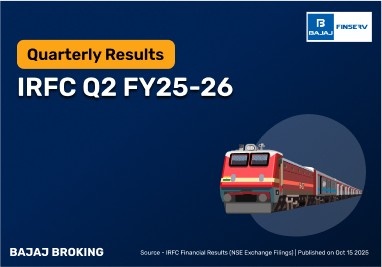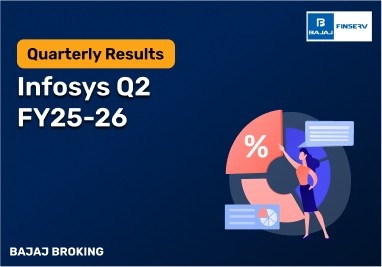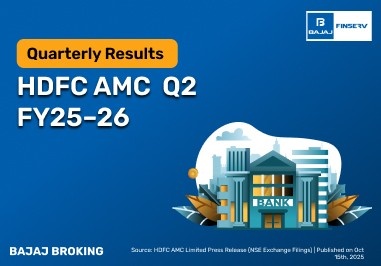What is the Nifty Option Chain?
The Nifty option chain is a helpful instrument for trading online, as it presents all the options contracts available to you for the Nifty 50 index. It is similar to a menu for the share market, showing you various deals you can choose if you predict that the Nifty will go up (calls) or decrease (puts) at various price points named strike prices.
Using the Nifty option chain can show you trends, lets you assess risks and rewards tied to different options, and support informed decisions in your trading of Nifty options. But remember that option chain analysis is just one tool at your disposal. Combining it with various market analysis methods can lead to improved outcomes.
Understanding Nifty Option Chain Components
The following will help you understand some key components of the Nifty option chain:
Strike Price: The strike price is a set value at which you can purchase (call option) or sell (put option) the base Nifty 50 index when your option reaches its expiration date.
Call Options: This is another option chain component. With call options, you have the right to purchase Nifty at a set strike price before the expiration date. Put options allow you to sell Nifty at an agreed-upon strike price before it expires.
Open Interest: Open interest is the sum of all active option contracts, which are calls or puts, for a specific strike price that remains not exercised or expired. Studying how open interest varies can show possible trends in buying or selling activities.
Bid/Ask Price: This means the maximum price someone is ready to pay (bid) and the minimum price another person agrees to sell for (ask) concerning a specific option contract.
These indicators monitor the fluctuations in an option contract's price, trading volume, and implied volatility, assisting in option chain analysis.
Also Read : Nifty 50 Option Chain
Interpreting Nifty Option Chain Data
Nifty Option Chain Data can be interpreted as follows:
ITM and OTM Options: The Nifty Option Chain shows a clear difference between ITM and OTM options. In-the-money options (ITM) have a strike price which is good when compared with the present Nifty spot price, and they are marked with yellow. Uncoloured options are termed out-of-the-money (OTM), and their strike price isn't as good. As the Nifty spot price changes during trading, these colour indicators change too, giving traders an up-to-date understanding of market sentiment.
Market Liquidity: Evaluating the market’s liquidity becomes very important in trading activities, and the Nifty Option Chain puts a spotlight on these aspects for every strike price. It also shows the prices for buying and selling, as well as the trading volume available at those prices. This holds a lot of importance for OTM options because there usually aren't many people trading them. When traders look at these option chain analysis metrics, they get a clearer idea of how simple it is to begin or end trades without having a big effect on the market prices.
Market Movement Predictions: The Nifty Option Chain acts like an early alert system for possible sudden changes or major shifts in the index. Historical information indicates that big changes in the Nifty usually come after clear patterns can be seen in open interest and trading volume in option chains. Big investors like foreign institutional investors and mutual funds often trade index options, so these patterns are worth watching out for.
Breakout Signals: Usually there isn’t much movement with these options, but a sudden increase in trading might mean that something big (or a breakout) is about to happen. An increase in trading volume or open interest in deep OTM calls or puts indicates significant bets on the market direction, and such option chain data offers hints to traders about possible upcoming trends in price.
Additional Read: Nifty 50 F&O Stocks
Strategies for Trading Using Option Chain
The following are a few approaches to consider while trading online using Nifty Option Chain:
Spotting Possible Patterns: Examine the variations in open positions and trading amounts through various strike price levels. Higher call open interest at rising strike prices could signal expectations for an upward market trend, while more puts with lower strikes might show a belief in falling prices. This can help you position your trades accordingly.
Utilizing Market Sentiment: To understand what the market feels, observe important shifts in implied volatility (IV) for certain price levels where options can be exercised. When the IV goes up, there is more uncertainty and the possibility of a big breakout soon. However, if the IV does not change much or decline, it means prices will probably move as expected. This information can be valuable for assessing potential risks and rewards.
Hedging: Using the Nifty option chain, you can protect your current stock holdings. When you purchase put options, they act as a shield against possible losses in your stock investments. In the same way, if you sell covered calls, it can create earnings for you and at the same time cap the amount of potential profit you might make from your shares.
Earnings Releases: Before big companies in the Nifty 50 announce their earnings, looking at the option chain can provide useful information. Study the variation in open interest and implied volatility for options close to the present share price. Doing so might allow you to predict upcoming shifts in prices after earnings reports, giving you a chance to earn from these movements through different types of option chain analysis strategies.
Conclusion
The Nifty option chain gives traders in India the ability to utilize the stock market to learn and earn returns on their investments. If you learn what each component of the option chain means and how to interpret this data to your advantage via option chain analysis, you can discover important knowledge that helps you create a solid framework for trading online. Hence, incorporating the Nifty option chain in your current trading framework might enable you to make more intelligent choices in the market.
Disclaimer: Investments in the securities market are subject to market risk, read all related documents carefully before investing.
This content is for educational purposes only. Securities quoted are exemplary and not recommendatory.
For All Disclaimers Click Here: https://bit.ly/3Tcsfuc

